In 2019, Eric Barba unveiled the visual effects process for Terminator: Dark Fate. Afterward, he contributed to The Killer. Now, he’s discussing the VFX behind Alien: Romulus, the next installment in the cult classic series.
What was your feeling to be part of this iconic universe?
Reallly a dream project – Aliens is one of my favorite films, and Alien left an indelible mark on my 12 year old psyche – it scared the hell out of me and gave me nightmares. Fede’s vision was what excited me most – getting back to the look and feel of those films. I really wanted to help him see his vision through, and push the artistry. The Alien world was started by a great script, and great art work (Geiger). Fede and Rodo had delivered a great script, so wanting to help make it great artistically was what excited me.
How was the collaboration with Director Fede Alvarez?
Fede is a true renaissance man – so working with him was quite amazing. He is just so creative and intuitive with his choices, and like all great directors, never stops pushing the boundaries. He is also very open to his teams input, and willing to listen. So it makes for a very artist friendly collaboration.

How did you choose the various vendors and split the work amongst them?
Well, like every film these days, you are trying to make the vision and budget meet. That means a trade off sometimes on where you need to park the work, and which VFX Companies you might choose. In our case we leaned to ILM Sydney as they are a sister company. As we grew we added other partners – Weta FX, Image Engine, Fin Design + Effects, Wylie Co. and Atomic Arts.
What were the biggest challenges in designing the Xenomorphs and Facehuggers for Alien: Romulus compared to previous Alien films?
Fede wanted the Xeno in our film to be close to the original, but because every Xeno takes on some traits from its host, they do evolve. It was an amazing artist at the DNEG Art Dept that nailed it for Fede.
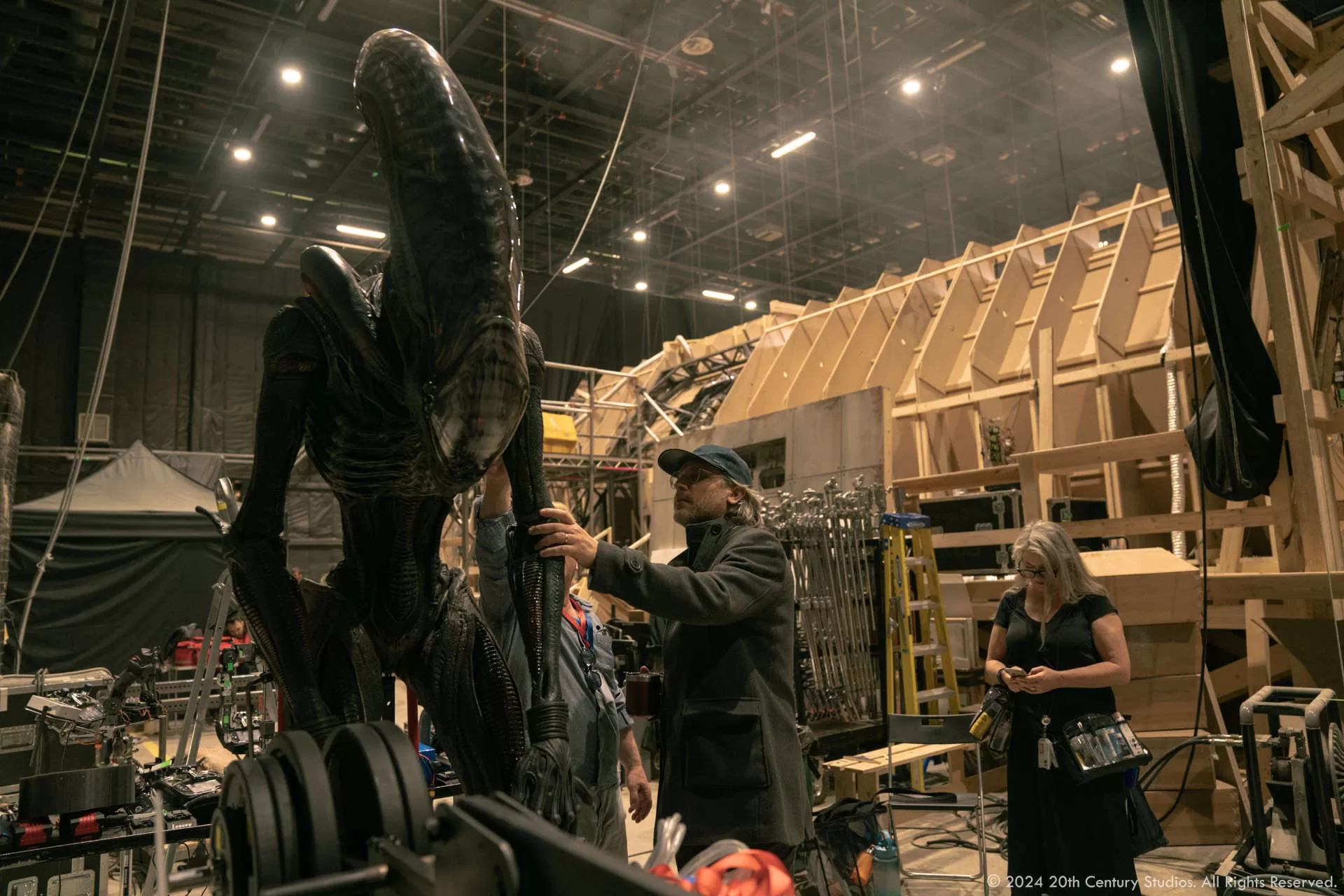
How did the visual effects team balance practical effects with CGI to maintain the iconic look of the Xenomorphs and Facehuggers?
We always started with the plan of shooting as much as possible – then enhancing. Where we couldn’t shoot – we planned on a CG version. Having the live action photography around such shots, gave us the guide of how to match Gallo Olivereas’s photography. What Legacy Effects built and brought to set was amazing, but they couldn’t always move at the speed or with the agility required – so that became the line. The same goes for what Weta Workshop brought with their amazing collection of puppet Facehuggers. We shot and used as much as we could, and then added more where needed.

Were there any new technological advancements in visual effects that played a crucial role in bringing the Xenomorphs and Facehuggers to life in this film?
There are always challenges in matching to live action – especially when you are creating the lighting from scratch like in an all CG shot. CG lighting and the magic that a DP like Gallo brings – that’s a challenge, two different worlds that have to match. So the technical challenge becomes more of an artistic challenge – one that is usually equally difficult to achieve. In our case it was just good old fashioned artistry – lot’s of versions and tenacity. It made the execs at some VFX companies squirm a little, but it was worth it.
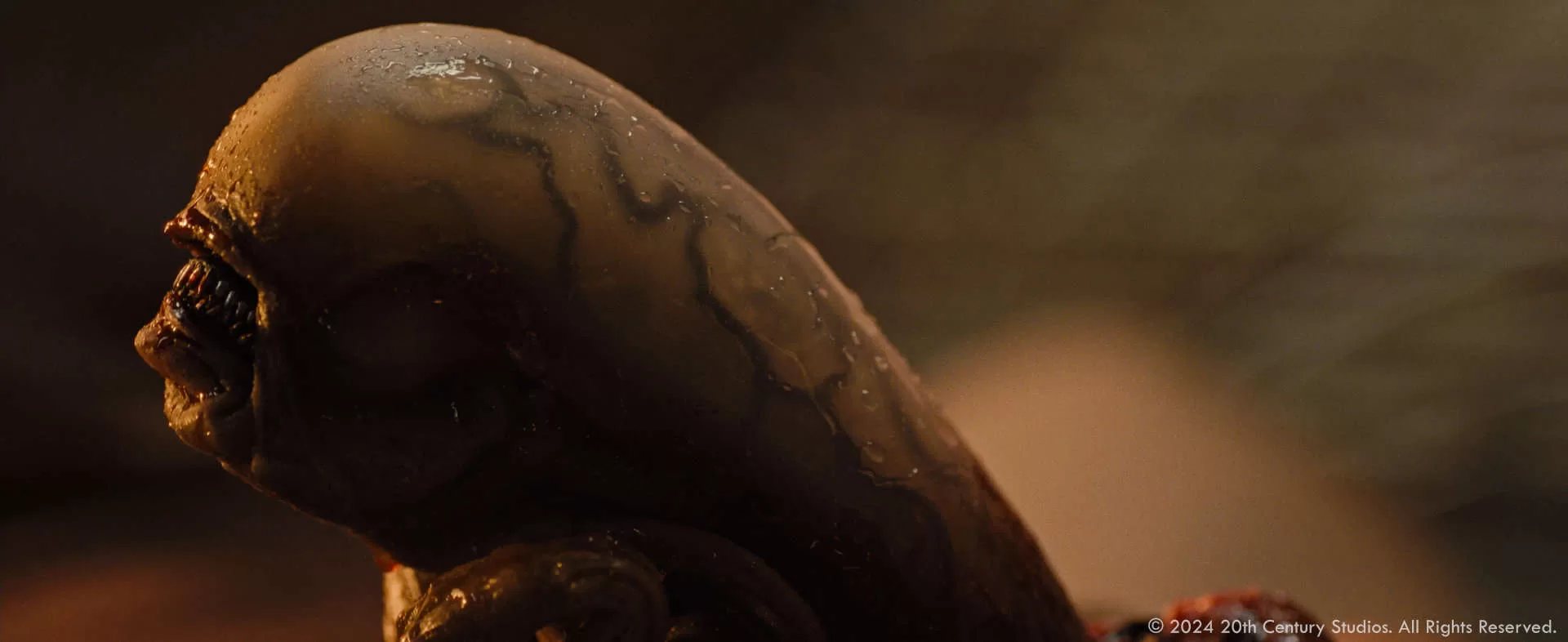
How did the team ensure that the Facehuggers’ movements and interactions with actors were as realistic and terrifying as possible?
Fede gave us freedom to try things, and when that wasn’t working he would be more specific. It’s really the openness Fede has – willing to let his team step up to the challenge and bring ideas to the table. He is very collaborative, and willing to entertain different options. We both operate that way, and in the case of CG Animation, we even brought in Andy Jones to help with his insight and experience.
Can you discuss any specific scenes where the visual effects for the Xenomorphs or Facehuggers were particularly challenging or innovative?
There is a scene where Rain is in the elevator shaft moving up in zero G. She then get’s caught with gravity pulling her back down and chaos ensues. That sequence is a mixture of techniques, including full CG. The CG Xeno’s created by ILM in that sequence cut perfectly with the animatronic versions done by Legacy Effects. In that whole sequence we used a two story vertical set, a 5 story horizontal set, a LED wall, animatronic Xeno’s and CG Xenos’s. Set extensions galore, wire rig removals and plenty of CG atmosphere effects to blend into the practical on set effects. We really threw everything at to make it work including a CG Rain, and Andy digital double.
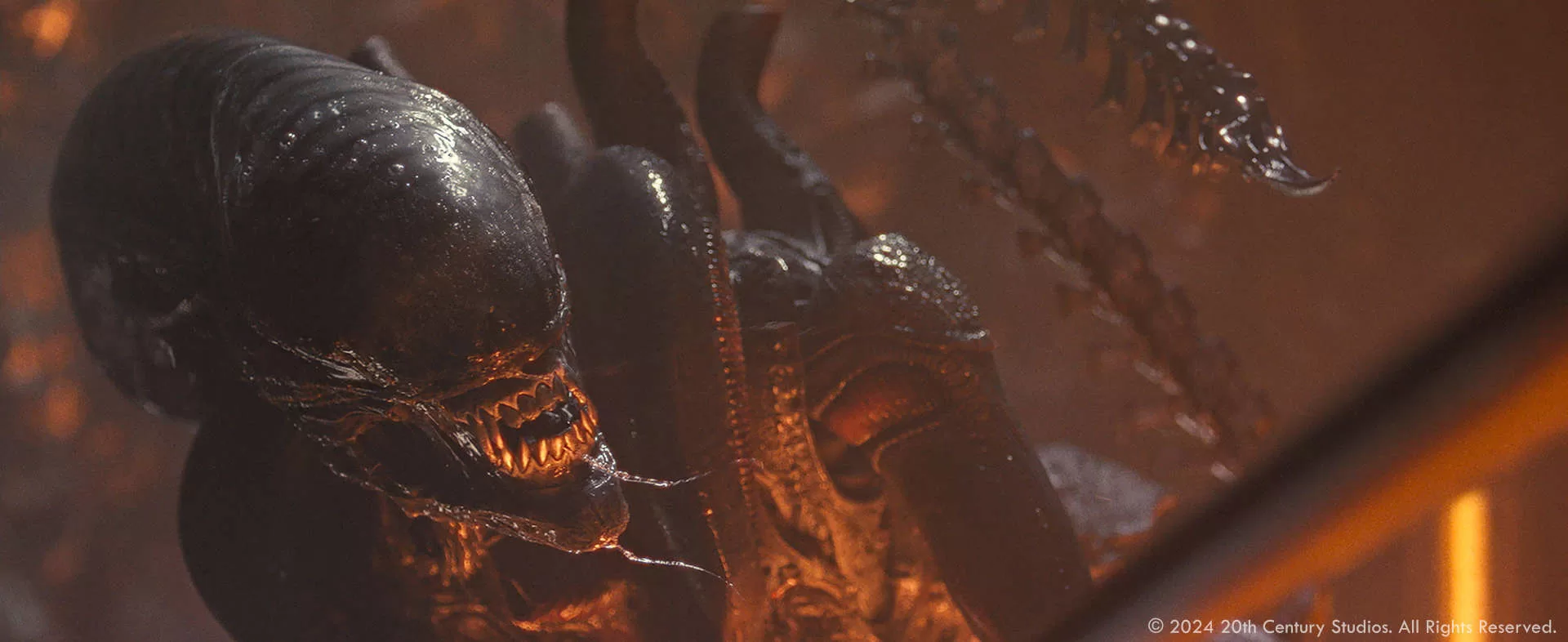
Were there any design elements or features of the Xenomorphs and Facehuggers that were deliberately updated or altered for this new installment?
There were, but those were mostly small changes that were driven by Fede’s artistic direction.
How did you approach the design of the spaceship and space station to ensure they felt both futuristic and realistic within the context of the story?
In approaching the space ships and space / rings / planet. The overall goal was to make them every bit as part of the story as a Xeno or Facehugger. Fede wanted our space to be darker, scarier and more empty than what we have seen in other space films. We studied the original films and how their miniatures were lit, and what that language of lighting miniatures on set means. I asked that we try and make our ships look as much like the miniatures as possible, more matte and less shiny. We also made the depth of field shallower than it should be for the scale of the ship. Gallo shot a lot of the film on master primes with a t-stop of 1.3, I asked our teams to do the same. Like our photography this helped with the exposure being more contrasty and gave us that shallower depth of field we would have had if we had shot miniatures – which was a problem in the past, but we embraced the look to give the CG Space shots a more miniature old school feel.

What were some of the biggest challenges in creating the visual effects for the spaceship and space station, especially when it came to maintaining a sense of scale and detail?
Unlike the Corbelan or Probe, we didn’t have a physical model to start with. We did have an amazing 3D model that our Concept artist Alex Nice was able to do paint overs on – and help ILM develop the look. Small things like lights – panel detail and rust – those cues were challenging just from the sheer size of the model. The ILM team worked for many months on trying to get the right look, and then when it started to feel right – we asked them to keep it mostly back lit – and so when we saw detail if felt right, but you weren’t looking at every tiny bit of the model. We used the planet and rings to help silhouette the ship and station whenever possible. We wanted scary dark space – let your mind fill in the blanks.
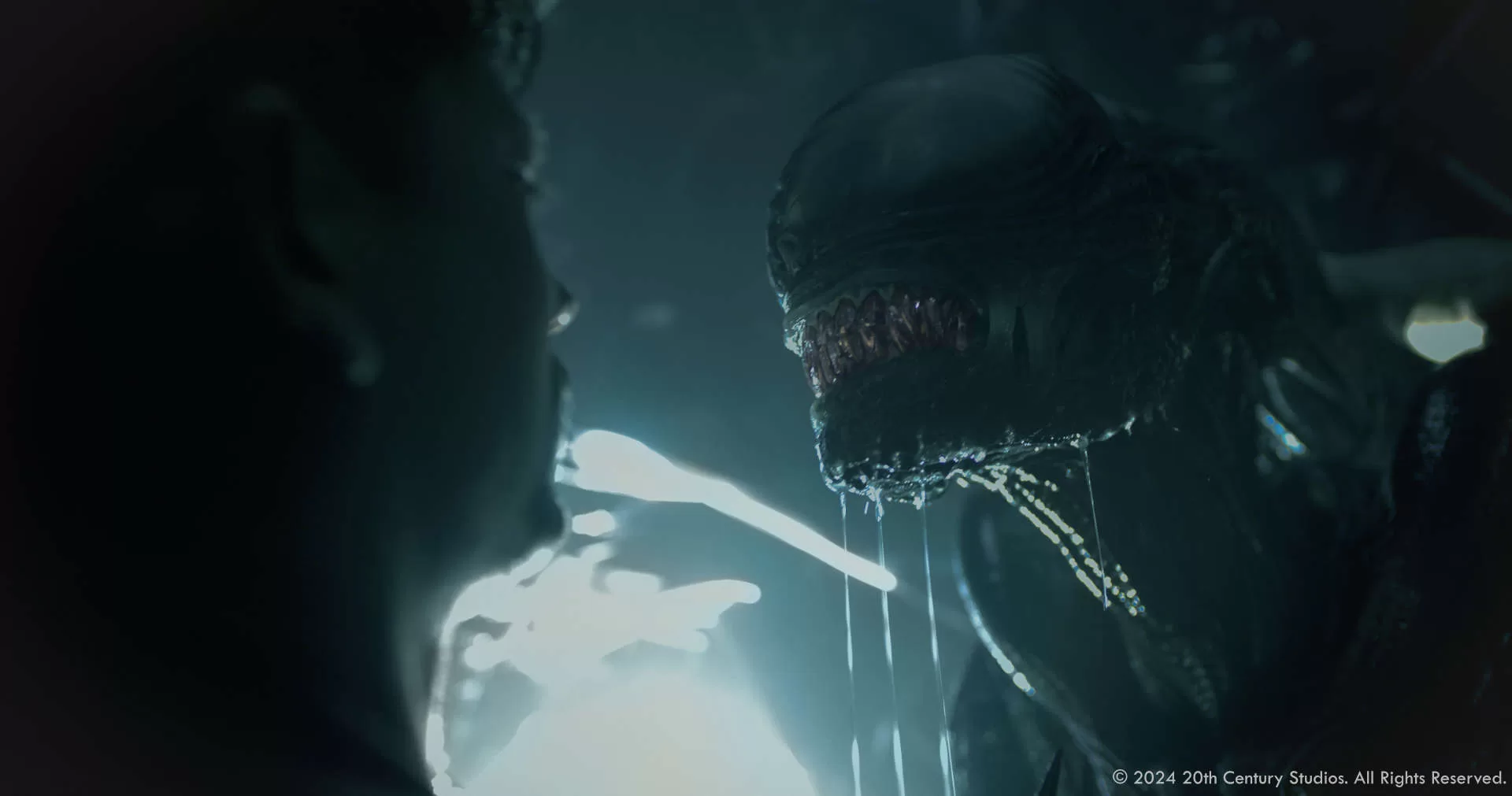
How did lighting and texturing play a role in making the spaceship and space station appear as realistic and immersive as possible? Were there any particular techniques you used?
As mentioned above, the first two movies and Galo’s lighting were key. But the biggest challenge with working with a CG team is that they tend to want to show off what they have done – over light things so you can see all the wonderful detail. Rendering passes has been the biggest help and detriment to CG believability in my opinion. Before separate passes, artists had to actually LIGHT the CG to match the live action. Once there were many passes to send off to compositors, the ownership of reality was challenged – and that ownership – and the pride that goes with it – was lost. So I would remind the teams to use as minimal lights as possible – and then remove one more to be sure. If the raw lighting renders weren’t perfect, then they probably weren’t ready for compositing. We didn’t want bounce lights, only true ray traced global illumination – just like what we got on set. This sounds logical, but challenged the pipelines and how they do things. Ultimately the artists really got excited about how things were looking, and then we were off.

Did you use any practical models or miniatures for the spaceship or space station sequences? If so, how did they enhance the final visual effects?
As mentioned above, Ian Hunter’s team and Pro Machina built the Corbelan and Probe as guides for our CG models. We shot the miniature Corbelan in front of an LED wall for a hand full of shots, two of which made it into the film.
What are the advantages and challenges of using miniatures in combination with digital effects for space scenes, particularly when depicting the intricate details of the spacecraft?
Combining the artistry from different mediums is a huge win. The artistry that goes into a physical build and finish of a model is very different than the artistry that goes into just a digital build. The model makers bring a style and a handcrafted feel that the original films had, and some of the newer ones are missing. So when you combine the two, you get a CG model that is grounded in physical look and reality, and one that would have never looked like it does if we didn’t have the physical one to build from. It was a win win. It also gives photography of that model to help the CG teams calibrate to.

In bringing the iconic android Rook to life, which techniques and technologies were most crucial in achieving the realistic visual effects that pay homage to the Alien franchise while introducing new elements?
Originally Fede wanted Rook to be a fully working puppet. Legacy Effects was tasked with creating the Rook animatronic Puppet. It was designed to be animated on set with puppeteers. We all knew the challenges that might bring, and together had to figure out how we would enhance the puppet, and what CG techniques we would need to use to do so. ILM was on board as our main partner, and we discussed a fully CG replacement of Rook’s face. But our budget didn’t allow a fully 3D approach, so we investigated another simpler approach. Fede was extremely familiar with the Deep Fake software, and he even trained a Deep Fake model for our testing. We ultimately decided on Metaphysic AI to help us transfer the head cam captured facial performance to the puppet. This is simplifying the many months process, and there were many hurdles and challenges along the way. Metaphysic for example had to help us re-target the eyelines of Rook – as the puppet was a bit off. They also had to figure out the best way to re-target the captured performance, and be able to dial it down where needed. These proved challenging but helped us push the machine learning technology to solve our problems.
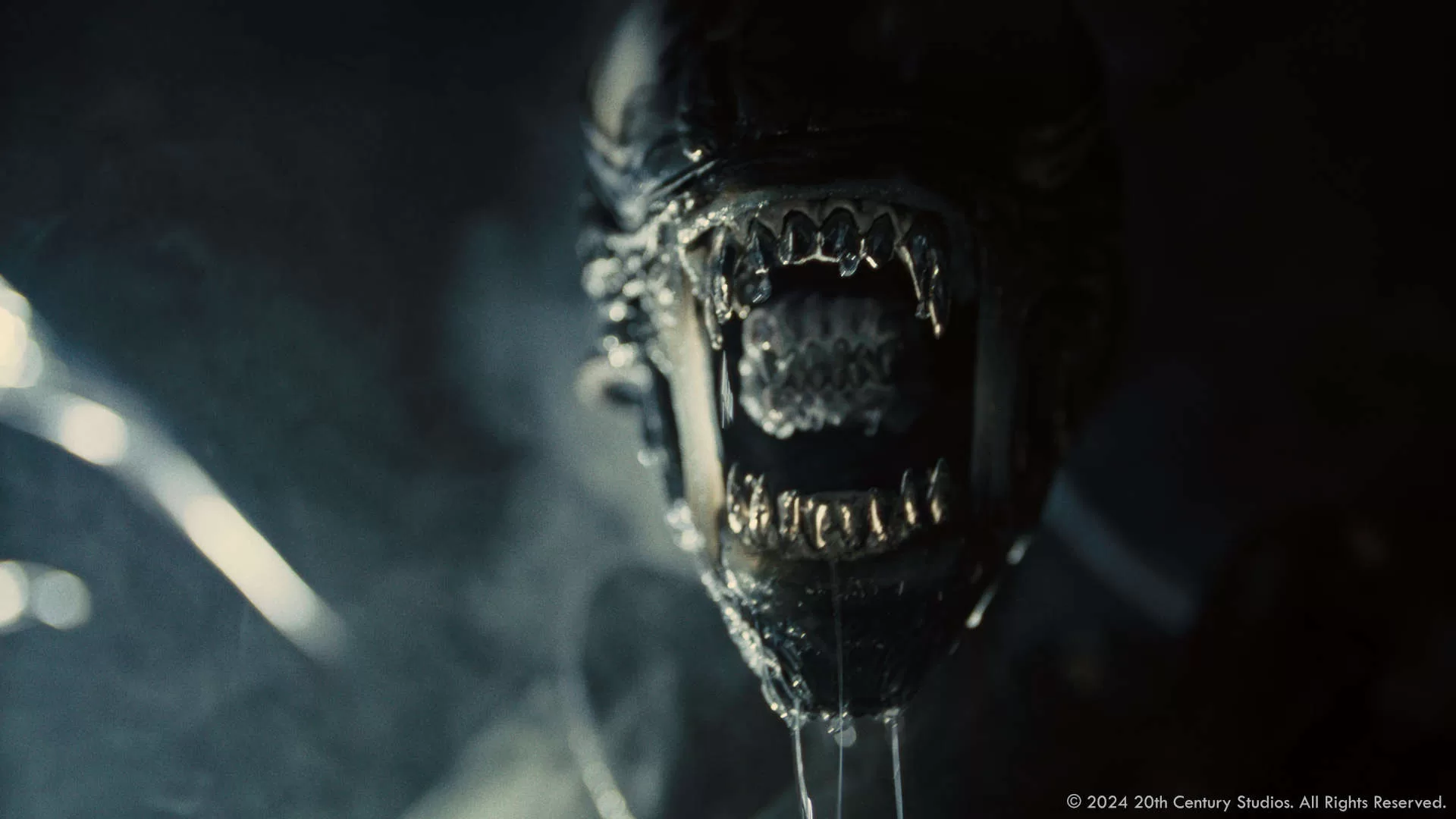
Were there any unexpected technical or creative challenges encountered during the production?
Yes, our money printer stopped working.
Were there any memorable moments or scenes from the film that you found particularly rewarding or challenging to work on from a visual effects standpoint?
As I mentioned before, this film had to artistically be as good as the first two. One of the hardest and most rewarding were the creation of the planet rings. While seemingly simple, they proved challenging for both ILM and Weta – but the biggest challenge was getting them to look like something that we haven’t seen before – ironically the original reference we pulled from the BBC – HOW SATURN GOT ITS RINGS, proved to be the inspiration and artistic guide. Nature is the biggest artistic influence after all.
Looking back on the project, what aspects of the visual effects are you most proud of?
I think for me the goal of nailing the directors vision, and hopefully exceeding it. Fede is extremely proud of this film as am I, and because he is proud of it, then I have done my job. Visual effects is a team sport, and I am very proud of what this amazing amalgamation of talented artists has wrought.

How long have you worked on this show?
2 amazing years.
What is your next project?
Vacation ….
A big thanks for your time.
WANT TO KNOW MORE?
ILM: Dedicated page about Alien: Romulus on ILM website.
Atomic Arts: Dedicated page about Alien: Romulus on Atomic Arts website.
Image Engine: Dedicated page about Alien: Romulus on Image Engine website.
Weta FX: Dedicated page about Alien: Romulus on Weta FX website.
Wylie Co.: Dedicated page about Alien: Romulus on Wylie Co. website.
© Vincent Frei – The Art of VFX – 2024




